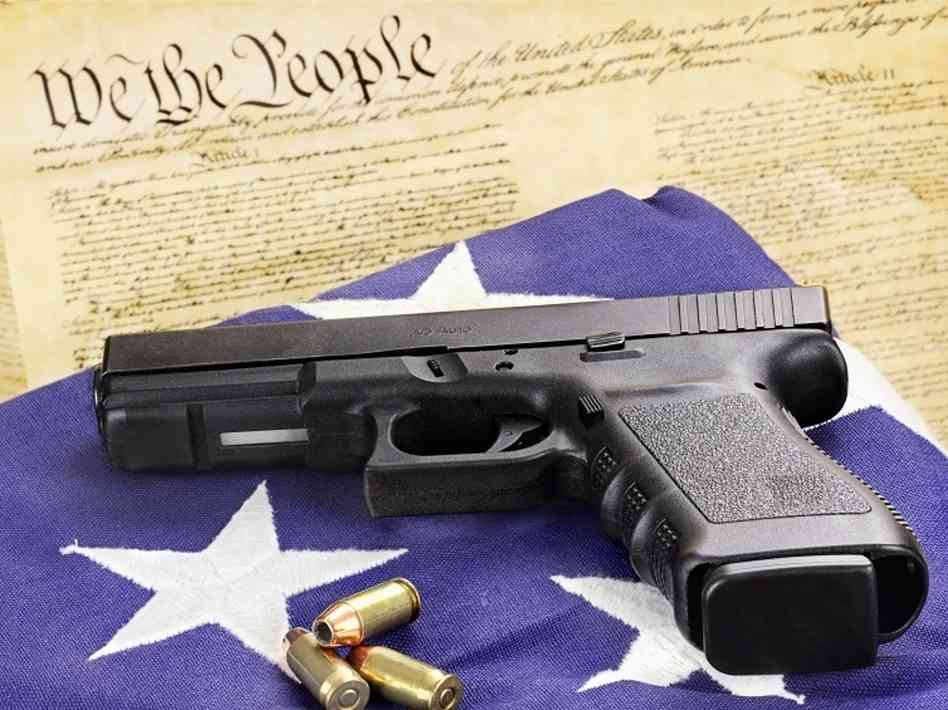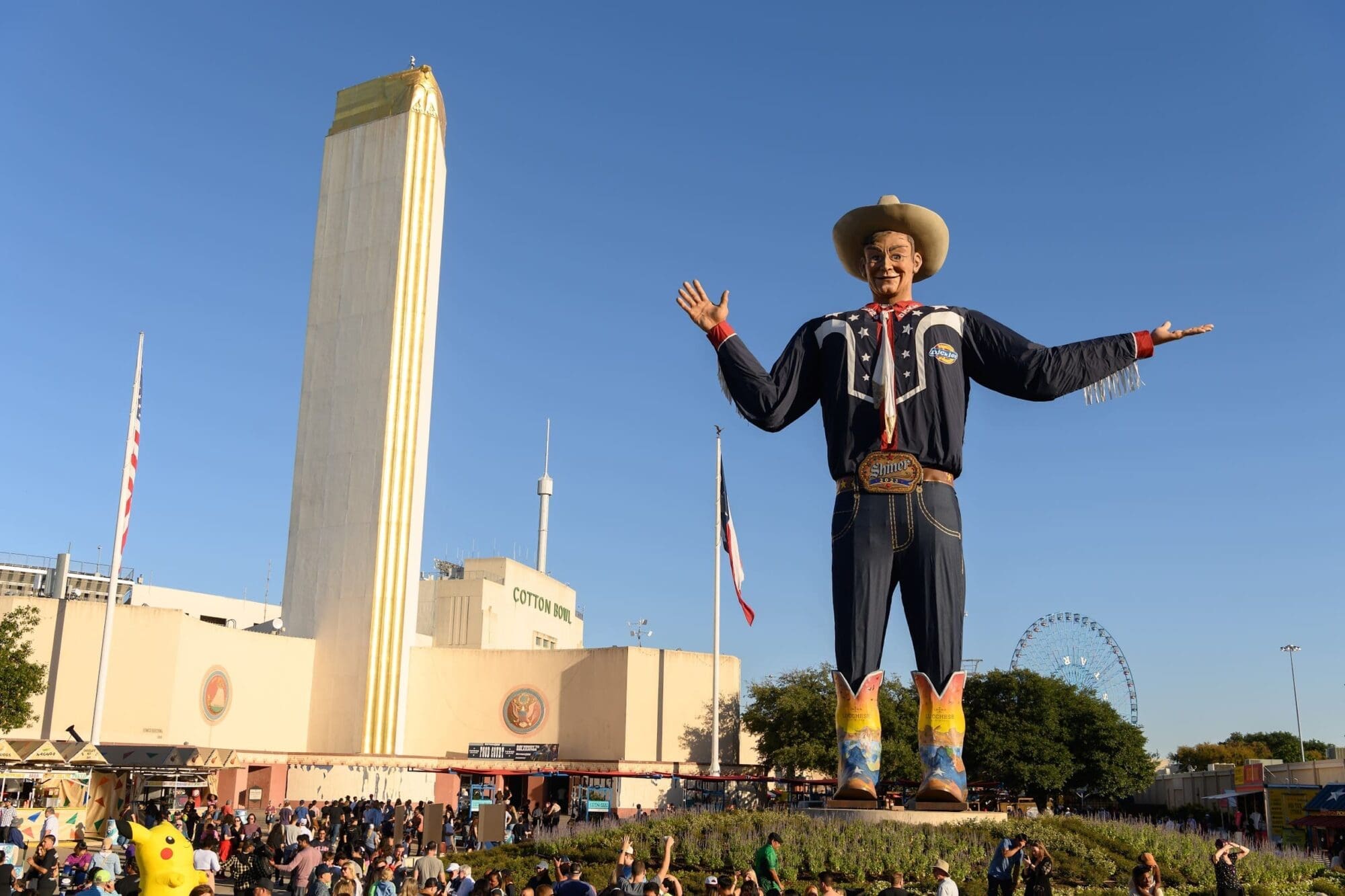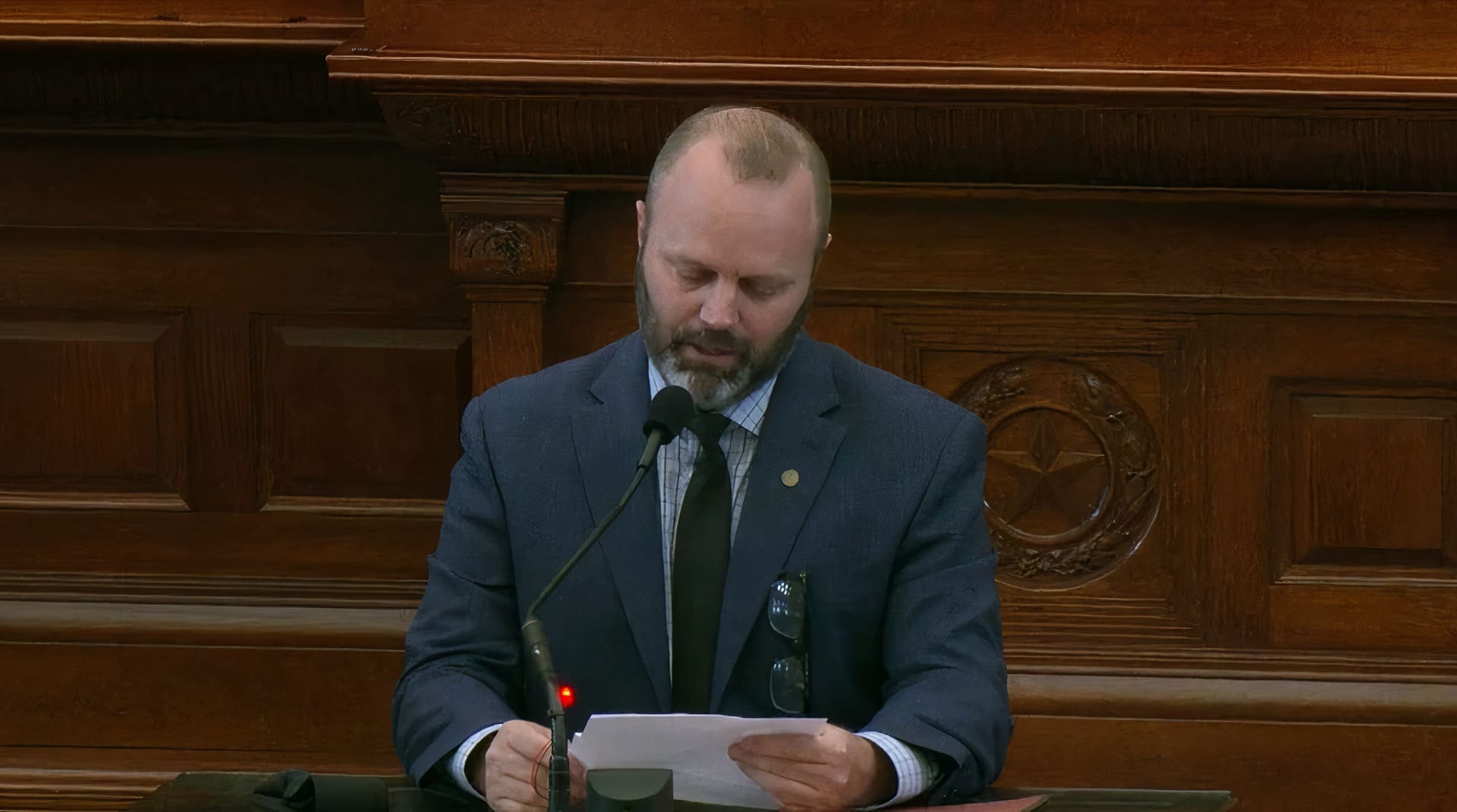Following the Republican Party of Texas Convention, the Texas GOP officially announced the legislative priorities for 2023. One priority is specifically meant to defend gun rights, as delegates to the convention reacted negatively to public servants like U.S. Rep. Dan Crenshaw (R-TX) and U.S. Sen. John Cornyn (R-TX) supporting red flag laws.
As Texas Scorecard reported, “Senator John Cornyn got booed for nearly 15 minutes by delegates when he gave a speech to thousands of people gathered [at the Republican Party of Texas Convention]. He was booed specifically because of legislation that he is supporting and campaigning that would restrict gun ownership and gun rights.”
Advocating for their Second Amendment rights, the delegates voted specifically to make “Defend Our Gun Rights” one of the party’s eight legislative priorities in the upcoming legislative session.
The official priority instructs elected officials to:
Protect our gun rights against threats, such as red flag laws, federal, state or other restrictions, by strengthening and preserving our inalienable rights under the second amendment to protect our life, liberty, and property. The Texas Legislature should eliminate gun-free zones.
Texas GOP Chairman Matt Rinaldi posted his full support of the priority on Facebook. “Red flag laws, civil liability for private party sales or private party background checks (effectively creating a Texas gun registry) are all unacceptable options that won’t address the problem. Let’s stop targeting lawful gun ownership every time a crime is committed with a gun and focus on the criminal.”
Although gun-free zones were created to reduce the rate of suicides, violent crimes, or accidental injuries, statistics show they actually increase the rate of violent crimes. According to a study by gun rights advocate John Lott, 98.4 percent of mass shootings between 1950 and 2020 occurred in gun-free zones. Therefore, the elimination of gun-free zones is included in the priority’s description.
The Crime Prevention Research Center (CPRC) provides a statistic from a narrower timeframe, showing that 89 percent of mass shootings between 1988 and 2019 occurred in gun-free zones. Although the elimination of gun-free zones may not prove to be the definitive answer, the evidence strongly suggests that it is far more effective, as gun-free zones have become obvious targets to violent criminals and mass shooters.
On September 1, 2021, the Texas Legislature passed House Bill 1927 (otherwise known as the Constitutional Carry Bill). HB 1927 allowed people over the age of 21 to carry a handgun openly, in a holster, or concealed without a permit. Prior to constitutional carry, Texans were required to obtain a state-issued license that included a proficiency exam and a background check.
Gun rights advocates argue that this restores the Second Amendment right and makes self-defense available to those not able to afford the classes previously required. Additionally, they claim it protects the privacy of Texans and will reduce the number of mass shootings in the state. Those against the bill argue that it removes barriers for the mentally ill to possess firearms, makes it harder for police to conduct investigations, and could increase the likelihood of gun violence due to a lack of regulations.
However, 26 states have passed constitutional carry, and there has been no substantial evidence that it increases crime. John Donahue, a professor at Stanford Law School, found that crime statistics show little significant change that can be attributed to the laws themselves.
While the study also found that “there is no evidence that civilian-gun carrying has any beneficial effect on suppressing, stopping, or reducing crime,” the evidence also shows that “the act neither increases or decreases the rate of violent crime in a state, but it does allow a greater threshold for those, including teachers, to be able to provide themselves with self-defense in dangerous scenarios.”
The FBI’s study of the pre-attack behaviors of active shooters in the U.S. found that 88 percent of mass shootings are premeditated and killers look for easy targets (where they can do the most damage in the least amount of time).
Another issue arises in regards to students reporting their peers for possibly violent behaviors. Alfred University conducted a study and found that only 54 percent of respondents said they would report a possibly violent peer, and younger students and students with higher grades and GPAs are significantly more likely to report someone than older students.
Wall Street Journal reporter Sara Randazzo said she was told the shooter “spent weeks vacillating between homicide and suicide.” Randazzo added, “It was only after he failed in his suicide attempt that he settled on killing others in hopes he would be killed in the process.”
Adam Lankford, a professor of criminology at the University of Alabama, explains that these shootings are almost always premeditated, as “it takes time for a person drowning in self-pity and anger to decide their misery is someone else’s fault, to dehumanize those other people to the point of being able to kill them and to isolate themselves from any reality checks that could break through these dangerous thought patterns.”
After the 2018 school shooting in Parkland, Florida, President Trump said, “If schools are mandated to be gun-free zones, violence and danger are given an open invitation to enter. Almost all school shootings are in gun-free zones. Cowards will only go where there is no deterrent!”
Uvalde, Sandy Hook, and Columbine are just some examples of tragedy unfolding in gun-free zones. After the massacre in Uvalde, Texas is investing more than $100 million into school safety, including mental health services. The state is also investing in bullet-resistant shields for school police officers and silent panic alert technology, which will alert law enforcement in case of an emergency.
Banning gun-free zones completely, based on data and history, may be the answer to reducing the rate of mass shootings in Texas.
No ads. No paywalls. No government grants. No corporate masters.
Just real news for real Texans.
Support Texas Scorecard to keep it that way!




